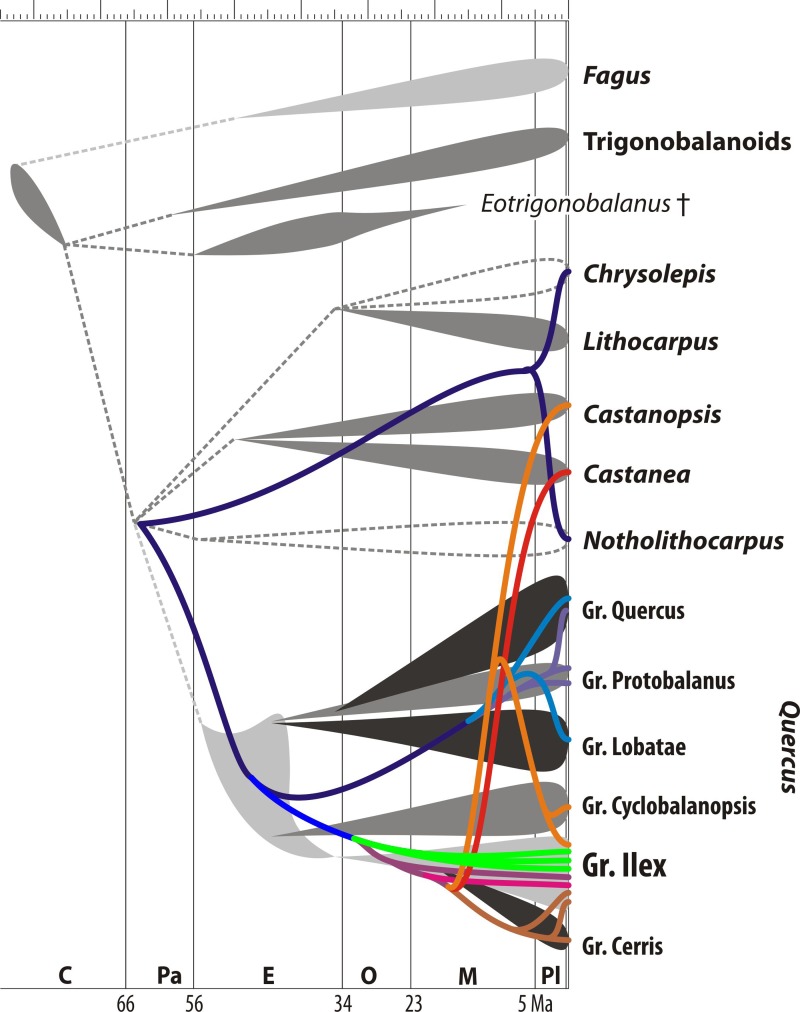Figure 4. Map of chloroplast evolution in oaks.
Mapping of chloroplast evolution in oaks (using the same rooting scenario as in Fig. 1) on current evolutionary synopsis (based on nuclear sequence data, morphology, and the fossil record; modified after Grímsson et al. (2015, Fig. 16). Colouring of the plastid lineages refers to branches/subclades in Fig. 1: bluish, common (ancestral) and ‘New World’ oak/castanoids plastid haplotype lineages; green, lineages of the unique ‘Euro-Med’ plastid haplotype found only in Mediterranean members of Group Ilex; reddish, lineages of ‘Old World’ oaks and Eurasian castanoids. Note that members of Group Ilex keep plastid haplotypes of five different evolutionary sources/systematic affinities. Abbreviations: C, Cretaceous; Pa, Paleocene; E, Eocene; O, Oligocene; M, Miocene; Pl, Plio-/Pleistocene.

